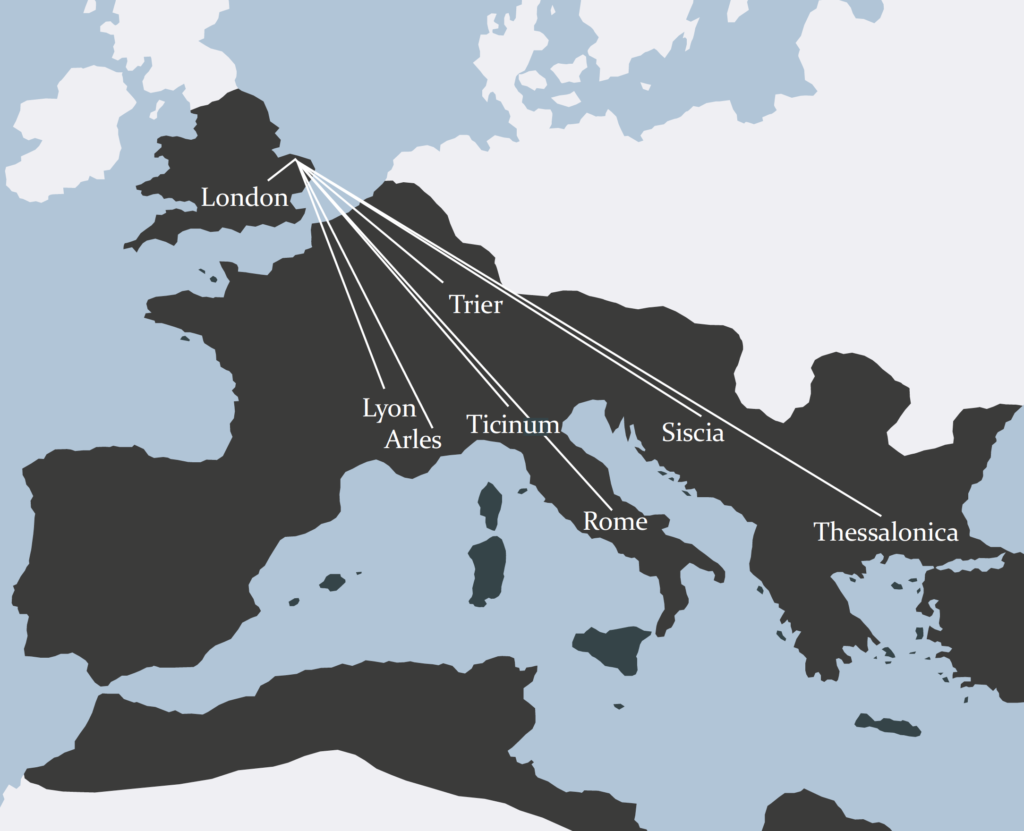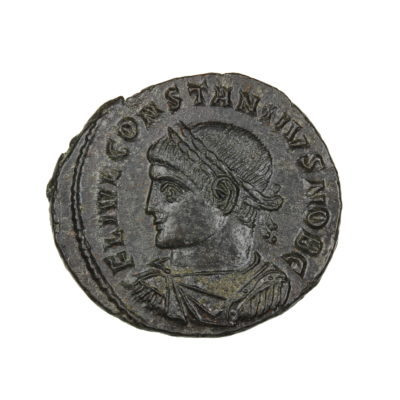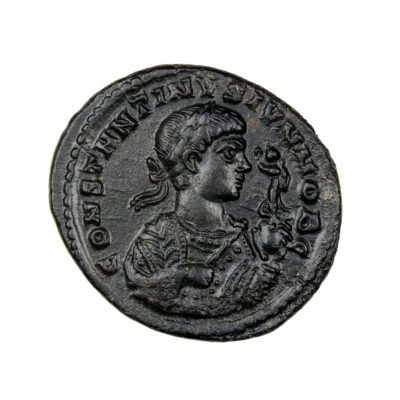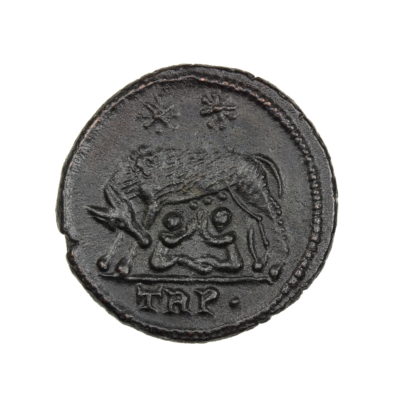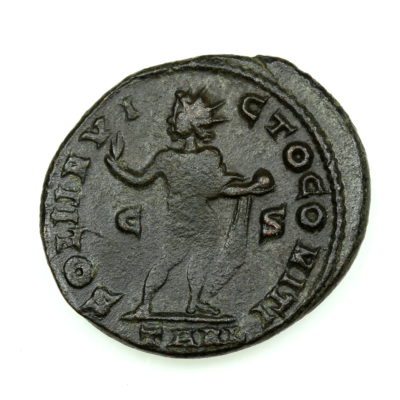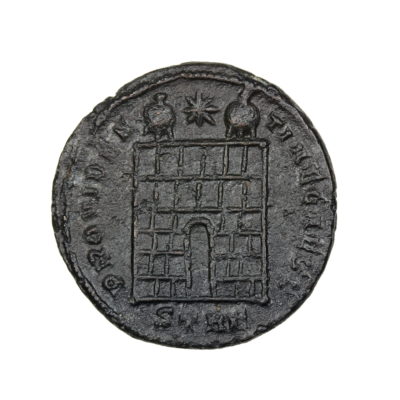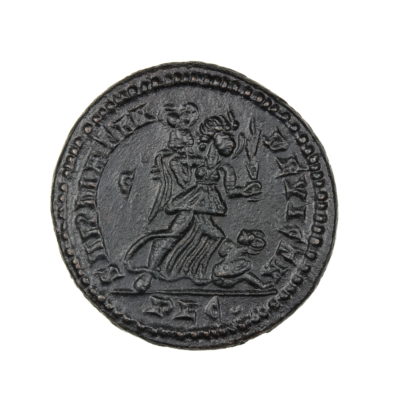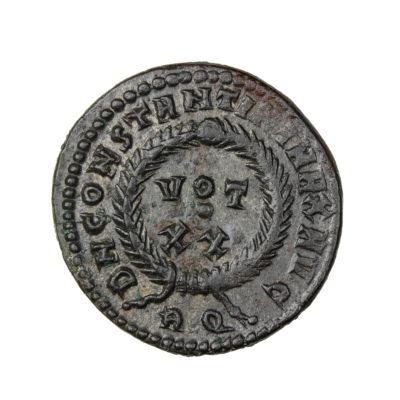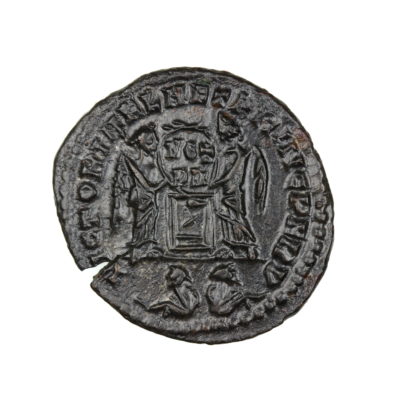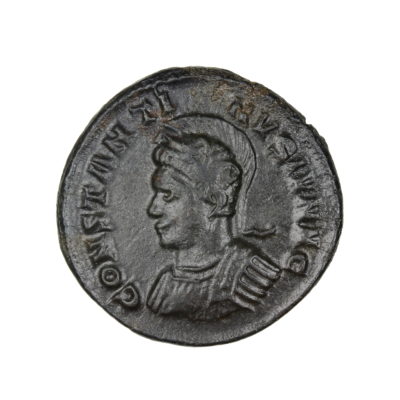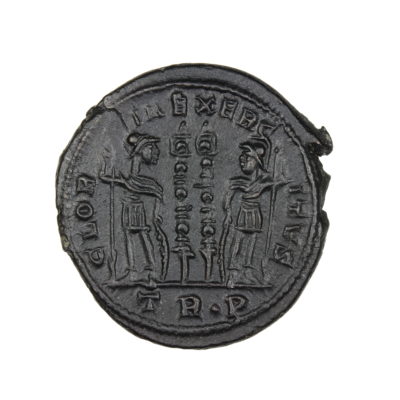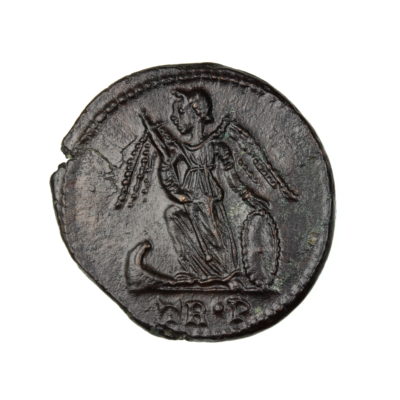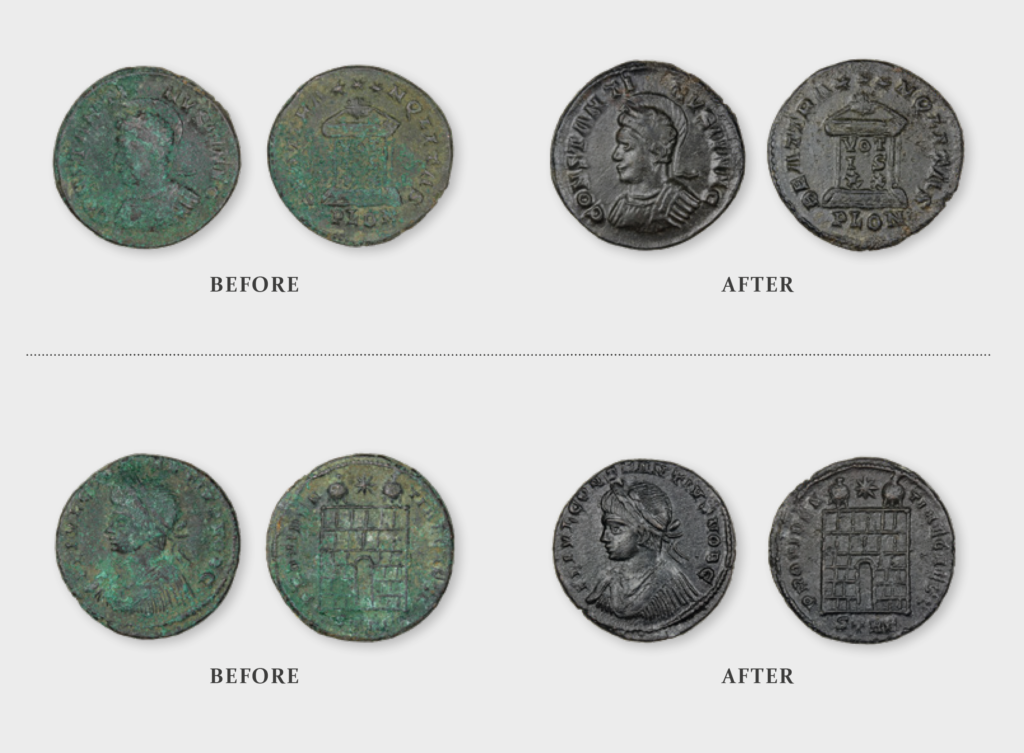HISTORY OF THE AREA
Norfolk lies on the eastern edge of the country and forms part of East Anglia. The area was occupied by the Iceni tribe during the Iron Age and prior to Roman invasion of Britain in 43AD. Initially the Iceni kings having sworn allegiance to Rome remained in place, however following the Bouddica rebellion in AD 60-61 the Romans imposed direct rule which lasted until they withdrew around AD 410.
Carleton St Peter lies on the edge of the areas now known as the Norfolk Broads. Although fertile and rich farmland much of this area is low lying being close to the River Yare. The Yare is one of the major rivers in the county flowing through Norwich before discharging into Oulton Broad and thence the sea close to Great Yarmouth. The Waveney, another major river, runs a few miles to the south and also flows into Oulton Broad.
The old Iceni capital Venta Icenorum as well as Great Yarmouth were both large settlements during Roman times. Great Yarmouth being on the coast was primarily used as a port. The nearby rivers were used as a means of communication to the various inland settlements such as Norwich which lies just to the north of Venta Icenorum. To help protect the costal area the Romans built fortresses nearby at Burgh Castle and Caister. Caister became one of the largest Roman settlements in East Anglia.
Venta Icenorum lies in the Tas valley, roughly 6 miles from Carleton St Peter. The present A140 Trunk road, parts of which follow a Roman road, runs from the north Norfolk coast near Cromer south to Norwich, past Venta Icenorum to Colchester and London.
For most of the Roman occupation this part of Norfolk was peaceful and with trade flourishing became wealthy. Finance most likely came from cloth, general farming, fishing as well as pottery manufacture.



